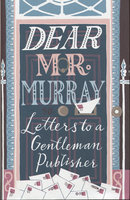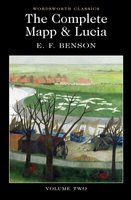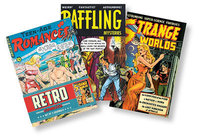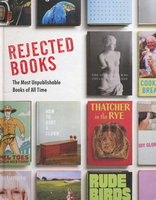New, Quality Gift Books - 50-90% off - over 2500 titles
Your basket is empty.
Categories Last Chance to buy! ALICE BEHIND WONDERLAND
ALICE BEHIND WONDERLAND
Book number: 93369
Product format: Hardback
In stock
Bibliophile price
£4.00
Published price
£10.99
Customers who bought this product also bought
|
GENTLEMAN JACK: A Biography of Anne Lister
Book number: 95200
Product format: Paperback
Bibliophile price
£5.00
Published price
£9.99
|
DEAR MR MURRAY: Letters to A Gentleman Publisher
Book number: 93451
Product format: Hardback
Bibliophile price
£7.00
Published price
£16.99
|
BEANO: BEANO SCENE ANIMATION KIT
Book number: 93690
Product format: Unknown
Bibliophile price
£2.50
Published price
£16.99
|
|
COMPLETE MAPP & LUCIA: Volume Two
Book number: 65529
Product format: Paperback
Bibliophile price
£4.00
|
RETRO COMICS JOURNALS: Set of Three
Book number: 93840
Product format: Paperback
Bibliophile price
£4.00
Published price
£18
|
REJECTED BOOKS: The Most Unpublishable Books of All Time
Book number: 93951
Product format: Hardback
Bibliophile price
£4.00
Published price
£12.99
|
Browse these categories as well: Last Chance to buy!, Historical Biography







